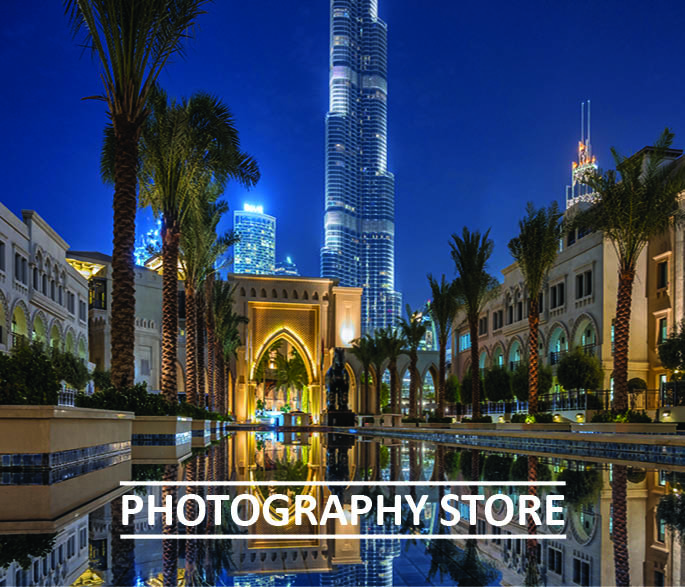A few months ago, I was challenged with Something completely different: Product photography in the field of wine bottles. To be honest, I have never done this before. Of course, I also didn’t have a product box to place the wine bottles for the photos.
At least I know the camera techniques enough to be able to do that. I just ordered a product box, medium sized, online and started to try with the different light sources I had. Soon, I realized that the camera needs to be positioned to the same level as the wine bottles. But I was unable to go that low, so I simply used a cupboard box to elevate the bottles.
At the website www.sbwines.ch, not only you will find my photos, also you will find a large assortment of handpicked Serbian wines, each bearing the mark of quality and exclusivity. From full-bodied reds to crisp whites, the collection represents the finest that Serbian wineries have to offer.
It’s not going to be the field of my future, but I liked to make Something completely different. This is what I always kept saying, challangfe yourself and try new things.
Photo Tip: Natural or Artificial Light?
When it comes to selecting the ideal light source for product photography, expertise in the field isn’t necessarily required. The choice between natural and artificial light largely depends on the specific product being photographed.
For the website www.sbwines.ch, I used artificial light sources. This decision was motivated by the need to accurately isolate the bottles and seamlessly blend them into the online store’s background.
In scenarios involving food photography, I prefer utilizing natural light. By capturing the product in a natural environment, the images appear more authentic and appealing to viewers.
Ultimately, the key lies in selecting the appropriate lighting to enhance the product’s visual presentation.





